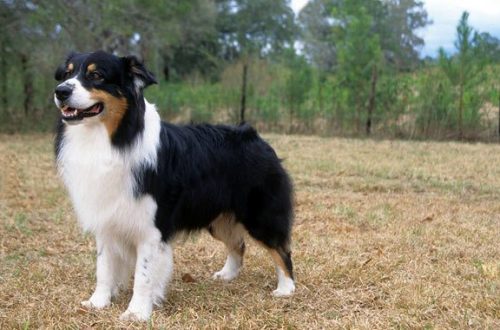The group of school children who found an unfamiliar skeleton set in a stone near Kawhia Harbor during their kayak trip back in summer 2017, might have never thought that they have made a discovery of their lives.
Accompanied by their resident fossil expert, the kids decided to go on a kayak trip to Waikato, New Zealand as a part of their Natural History Club’s annual trip. Once they informed the officials regarding the encounter, the unknown relic was dig up from the surrounding stone completely and given to the Waikato Museum in 2017. Post several experiments, it was identified by the paleontologists that this skeleton belongs to a previously unidentified class of giant primitive penguin.
With the help of modern technology of 3D scanning, a digital model of the species has been created by the researchers and they compared this model along with other identified penguin species around the world for any similarities. According to the investigations, the conclude that they have came upon is that this penguin lived during a time once Waikato was submerged under water which is between 27.3 and 34.6 million years ago.
The height of this creature is measured as 4.5 ft, where the studies also suggested that this new penguin bears resemblance to the Kairuku penguin species inhabiting ‘Te Waipounamu Island’ of New Zealand which is also knows as the South Island. With the meaning of ‘long legged’ in Maori language, this new species was named ‘Kairuku waewaeroa’ as they have longer legs under their feathers compared to other species of penguins. The discovery was documented in the Journal of Vertebrate Paleontology giving the full credit of it to the group of children who found the fossil.
Pleased by the efforts of these little children, Daniel Thomas, Ornithologist of University of Massey and a paper co-author said that having strong ties with ancient Zealandia where a long lineage of animals running deep into the history, it is their duty that future generations of New Zealand to get motivated and come forward to play the important role guardianship in safekeeping the nature and its secrets as well as its beauty. Further, he said that it is very much important to encourage the future generations of New Zealand to become kaitiaki, which means guardian in Maori.
The finding being the most comprehensive fossil of an early North Island penguin, the officials consider this a superior discovery which opens the door for further advance excavations in the area near Waikato.
Mike Safey and Steffan Safey who were the members of the kids’ group who made the discovery was around 13 when they found the fossil embedded in a sandstone reminds the experience with wonder and gratitude saying that it is somewhat of dreamlike that they happened to be in the group during the discovery was made and they were quite grateful that they are being a part of a huge contribution to the history and future studies of these beautiful animals.
Left with many questions like “Why these creatures were so big back then?”, “how would be the environment they lived in?” and “Why aren’t there any of these giants left no more?” the nature awaits the human to find more of her fascinating secrets under the veil of time.




